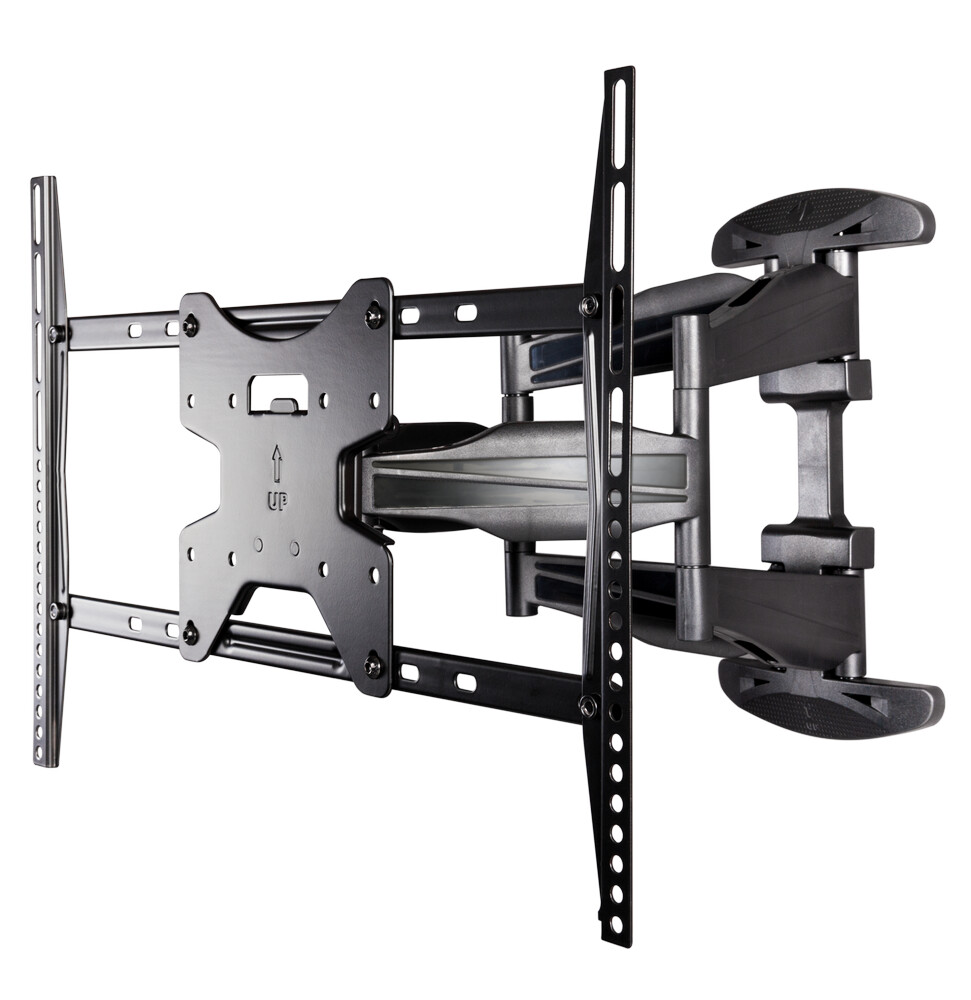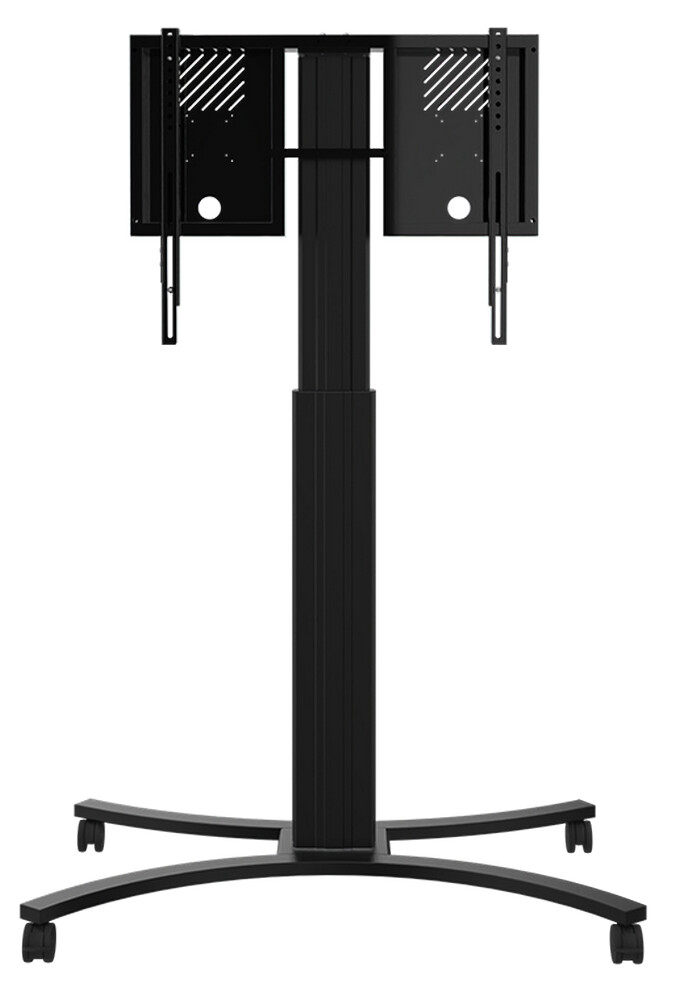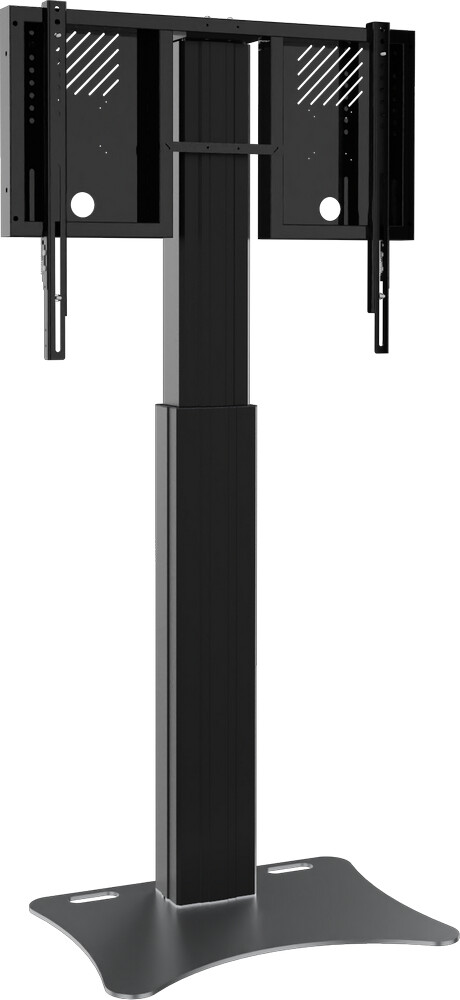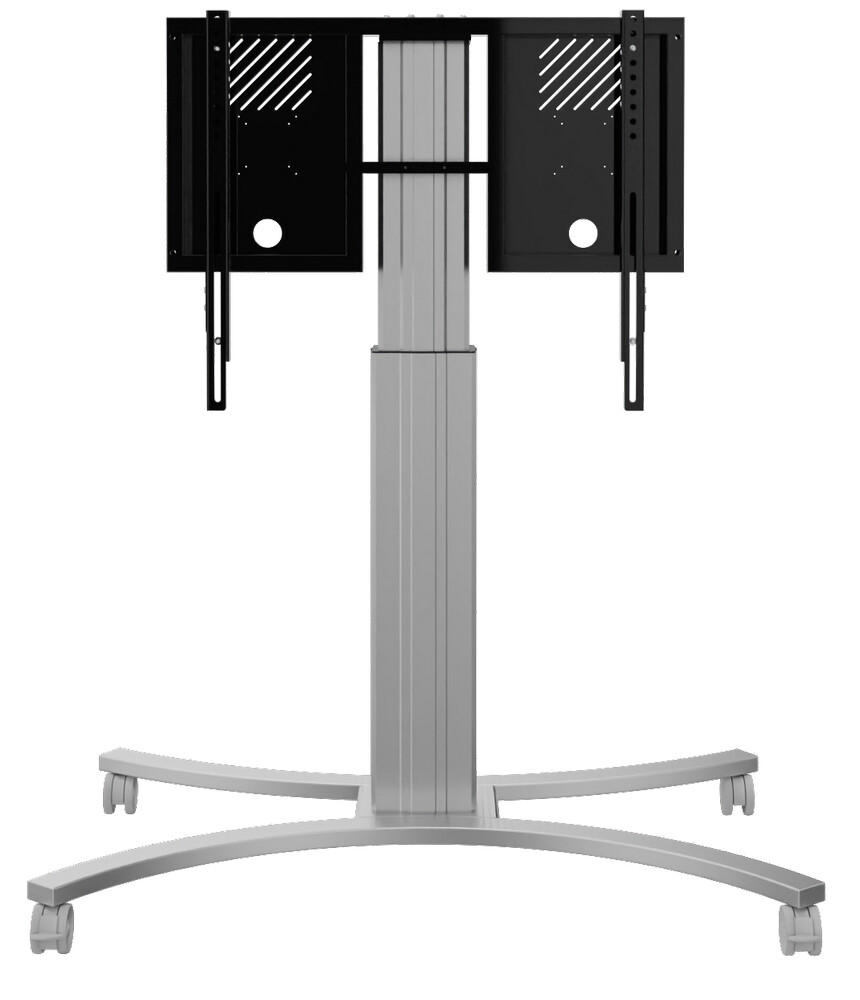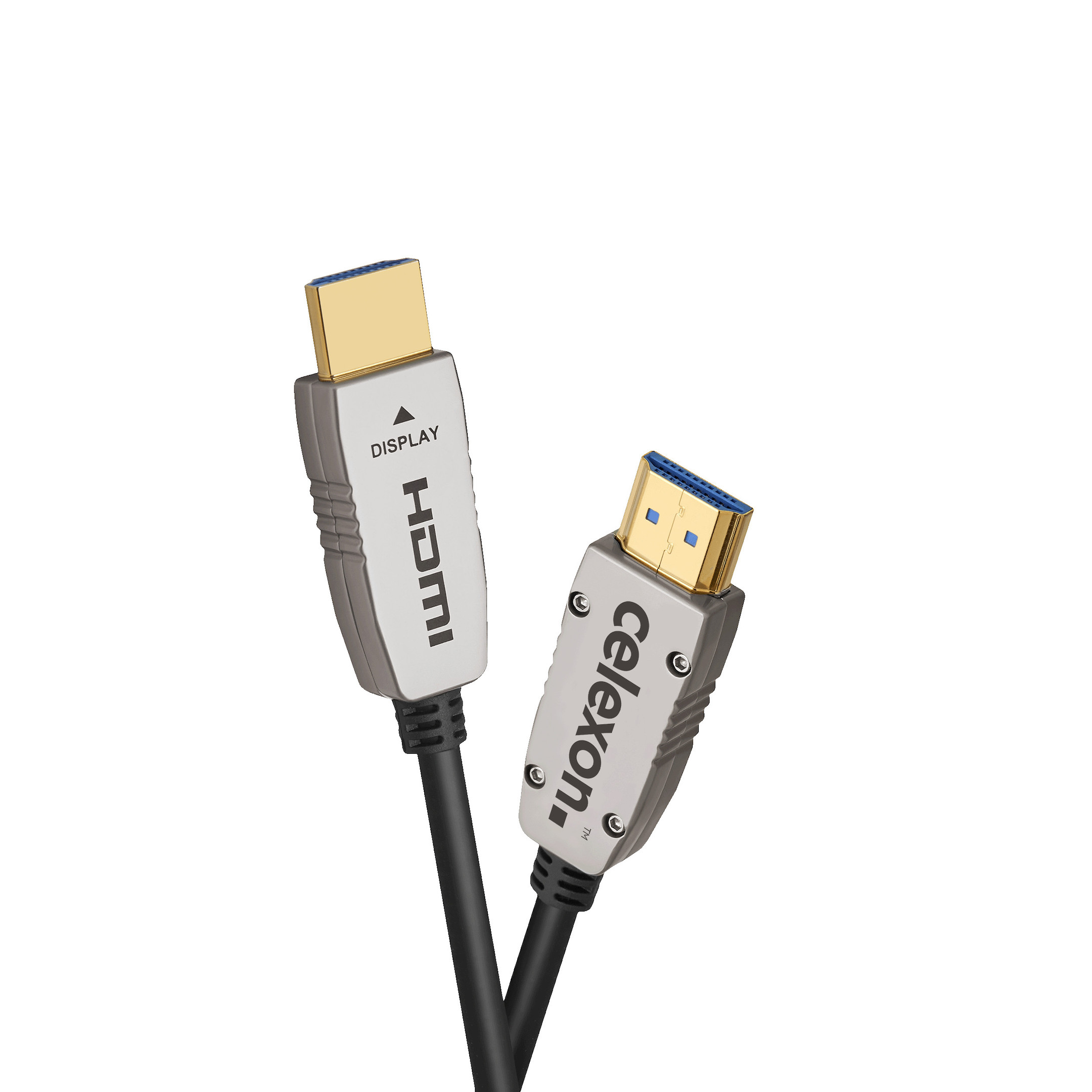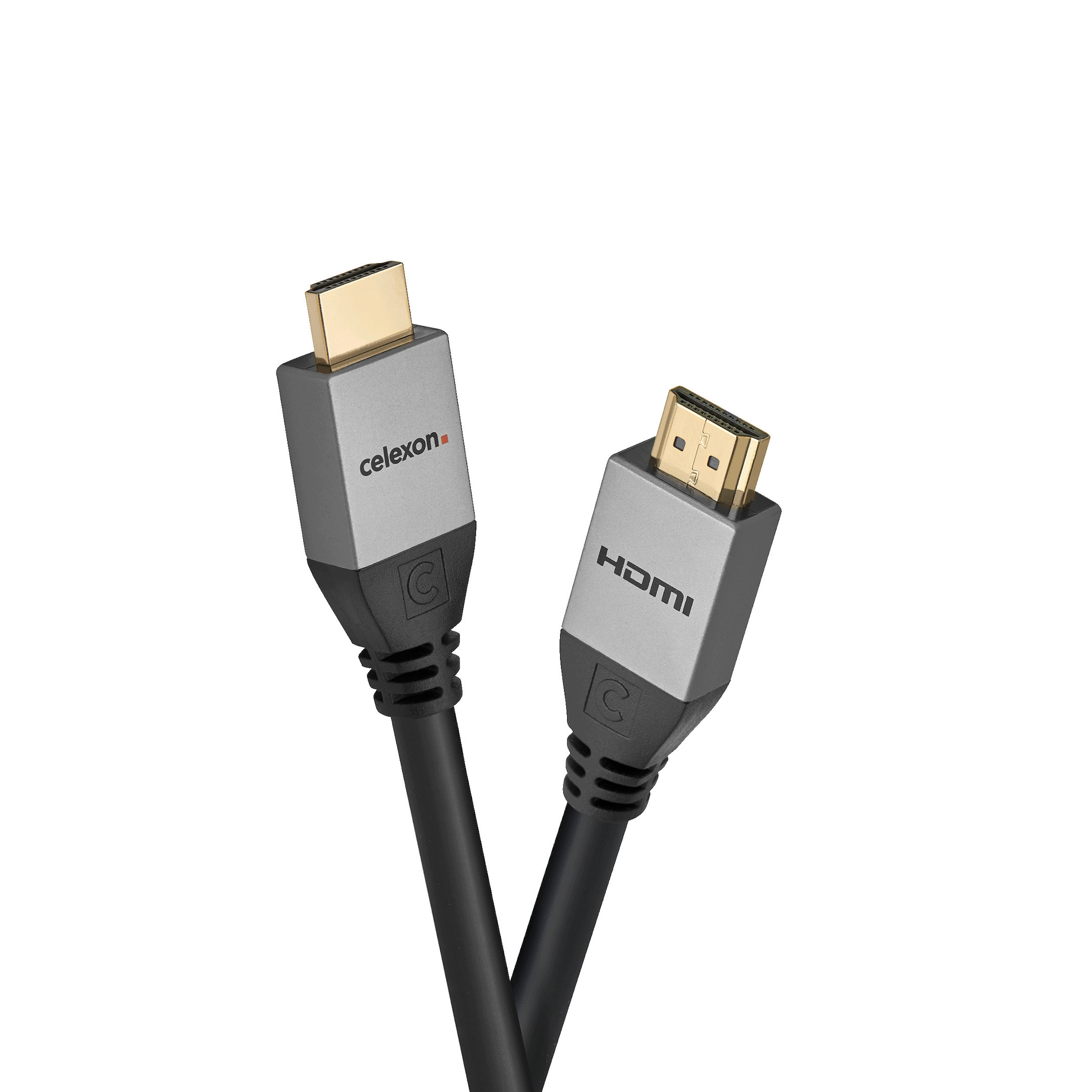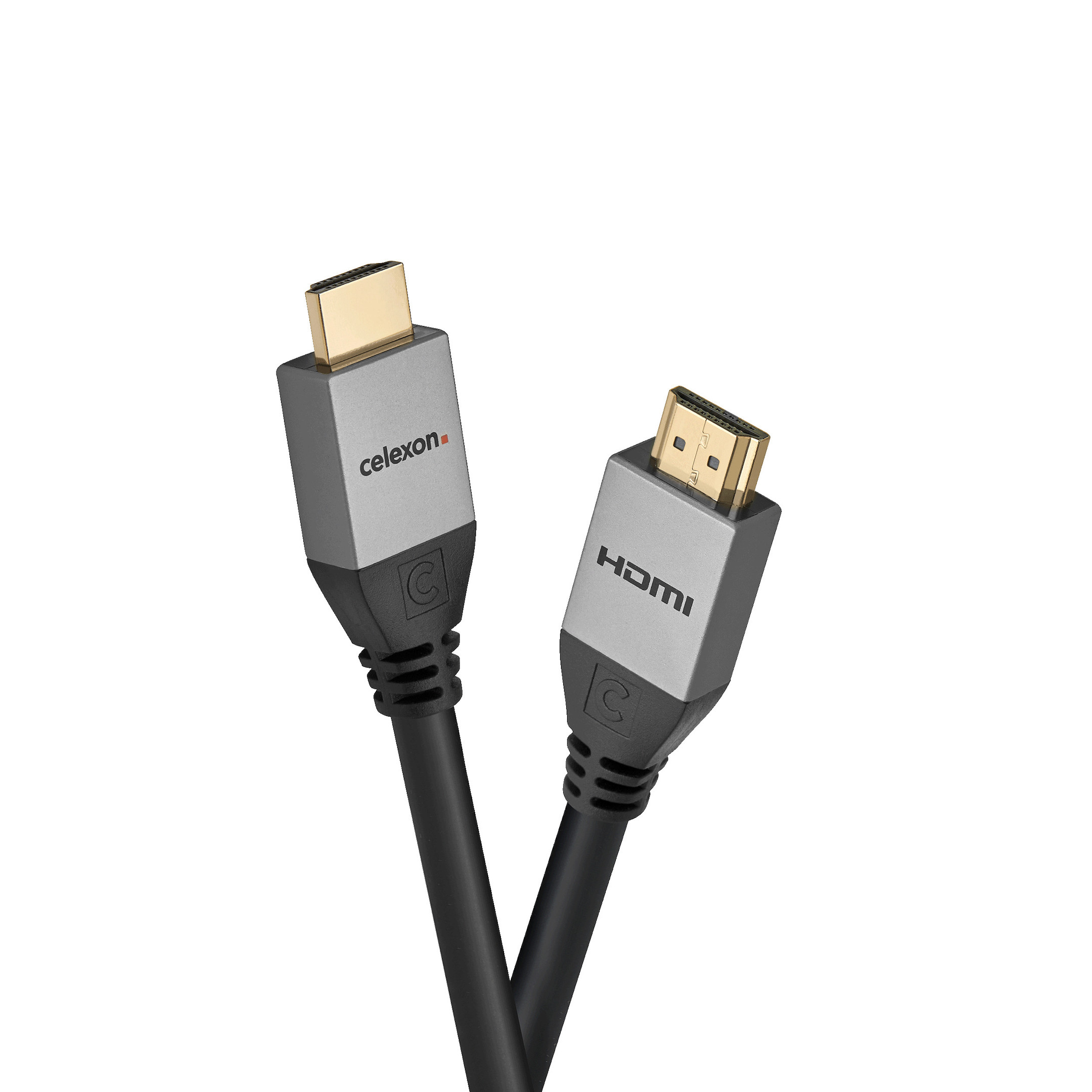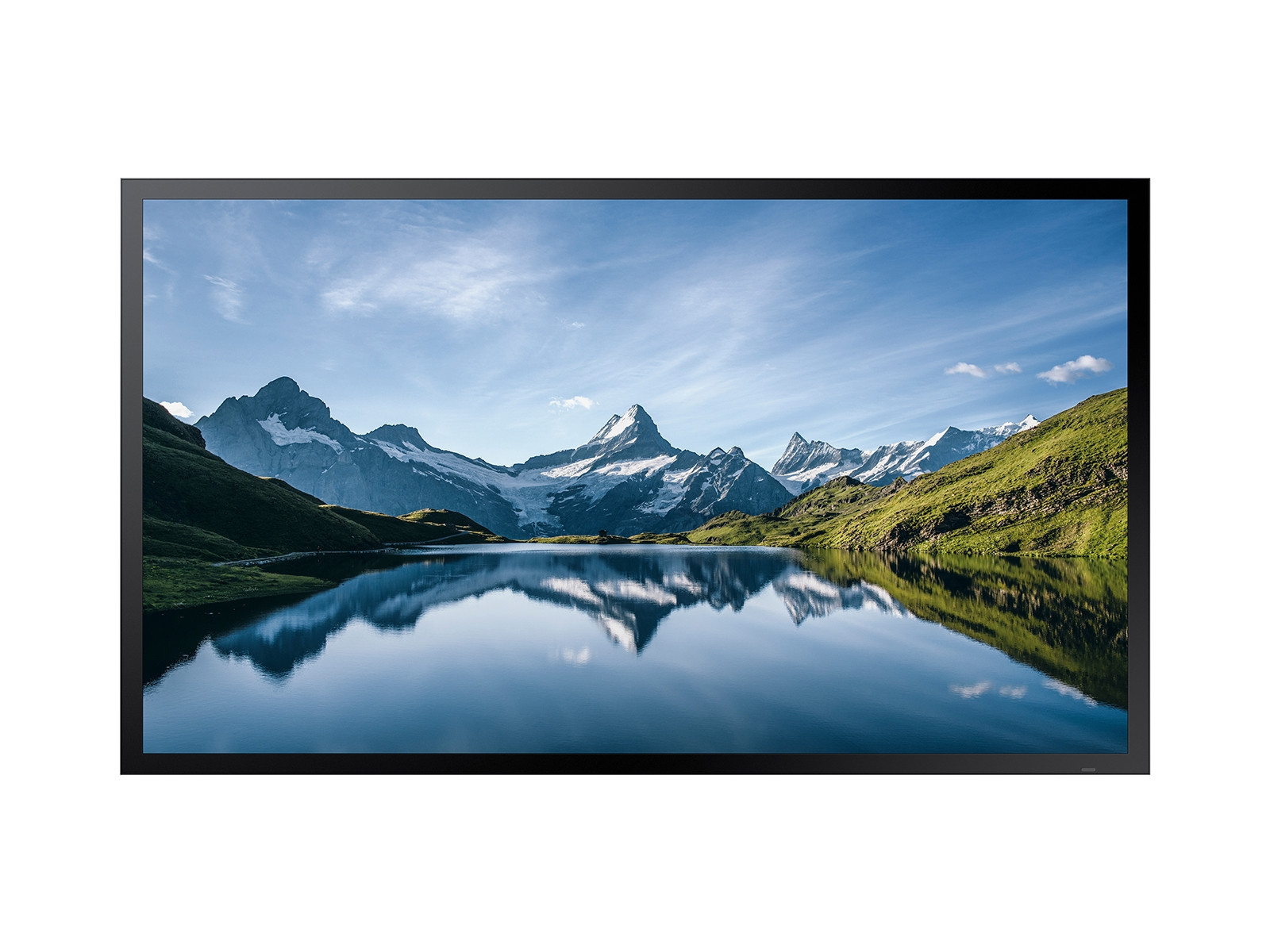



















£3,900.00*
- Resolution 1920 x 1080 Full HD
- Max. Brightness 3,500 cd/m²
- Panel type VA
- Contrast Ratio 6,000 :1


Frequently purchased together
Product information
OH46B - 4K UHD Full Outdoor Professional Display for Business
- UL-approved for outdoor visibility with brightness of more than 3,500nit and 24/7 performance.
- Enhanced colour accuracy and brightness for vivid content.
- Improved visibility with anti-reflective technology through Magic Protection Glass.
- Prevent moisture for optimal performance with hidden fans on the bottom of the display.
Deliver bright and brilliant messages designed for outdoor use

When it comes to providing customers with accurate communication, Samsung's OH46B features a bright screen for good visibility in various weather conditions. Designed for businesses, the OH46B is equipped with robust hardware that ensures durability and flexibility.
Clear and vivid, anytime, anywhere

The OH46B is UL certified for outdoor visibility with over 3,500nits of brightness. 24/7 performance and polarising technology prevent polarising lenses from blinding the screen and continuously deliver sharp content thanks to the built-in automatic brightness sensor that adjusts to outdoor lighting.
Bright and vivid colours for accurate communication and display

The OH46B offers advanced colour accuracy and brightness, producing vivid content through enhanced colour reproduction of all reds, greens and blues. With today's consumers expecting razor-sharp content, the OH46B's uncompromising picture quality is sure to capture their attention.
Improved viewing with anti-reflective technology
The Samsung OH46B is equipped with Magic Protection Glass, which uses advanced anti-reflective technology. This innovative solution provides significantly better daylight viewing, with a significantly low overall reflection rate, ensuring clearer images and text for every viewer.
Optimised protection in a wide range of outdoor conditions
With a certified IP56 rating, the OH46B offers rugged reliability that can withstand physical impacts as well as dust and water that could affect the display. This ensures optimised operation in various outdoor conditions and consistent performance.
Preventing moisture for optimal performance with newly added fans

With four newly added hidden fans on the bottom of the display, the OH46B reduces problems with external moisture, such as condensation. The effective air drive of the display by the fans enables smooth operation.
Rugged durability for screen safety

The Samsung OH46B is equipped with hardened Magic Protection Glass and offers IK10 certified durability, providing advanced security and protection from external impacts. This ensures that the product is protected from unexpected damage and gives the store manager a better sense of security.
Strong performance with a slim design
The slim all-in-one design allows for easy installation, while long-term performance is ensured by IP56 rating, anti-reflective technology, protection from damage and an efficient cooling system. An integrated power supply condenses the operating components and supports the ultra-slim frame.
Smooth and seamless content playback

The embedded MagicINFO Player S7, powered by the powerful TIZEN operating system, enhances the overall performance of the display and offers hassle-free content management. This ensures seamless transitions and content playback, providing a better experience for both customers and store managers.
Powerful, protective security
The OH46B features comprehensive three-tier security protection based on Samsung's proprietary Knox technology to help develop applications on the secured platform and minimise security attacks.
Technical data
| Name | Samsung OH46B-S 46" Display |
|---|---|
| Article number | 1000029074 |
| GTIN/EAN | 8806094726541 |
| Manufacturer SKU | LH46OHBESGBXEN |
| Model name | OH46B-S |
| Brand | Samsung |
| Product Type | Non-Touch Display |
| Product Series | Samsung OH Series |
| Technology | LCD |
| Panel type | VA |
| backlight | Direct-LED |
| Resolution | 1920 x 1080 Full HD |
| Diagonal | 46" |
| Aspect Ratio | 16:9 |
| Viewing angle - Horizontal | 178° |
| Viewing angle - Vertical | 178° |
| Contrast Ratio | 6,000 :1 |
| Screen finish | Matt |
| Max. Brightness | 3,500 cd/m² |
| run-time | 24/7 |
| Response time | 6ms |
| Refresh Rate | 135Hz |
| Haze Level | 0 |
| Support - VESA | 1000 x 600 |
| Frame width | 24.9 mm |
| Inputs | 1x Ethernet , 1x RS232 , 1x USB-A , 2x HDMI |
| Outputs | 1x 3,5mm Jack |
| Features | HDbaseT , Integrated media player , Portrait Mode |
| Product width | 106.9 cm |
| Product height | 62.36 cm |
| Product depth | 8.5 cm |
| Weight | 36 kg |
| Colour | Black |
| EEK Spectrum | A to G |
| Delivery contents | Power cable , Remote control |
| Condition | New |
| Warranty | 36 Month |
| Warranty type | Onsite Repair Service and support information |
Product safety
| Person responsible for the EU |
|---|
| Samsung Electronics GmbH |
| Am Kronberger Hang 6 |
| 65824 Schwalbach |
| Germany |
| sseg.comm@samsung.com |




